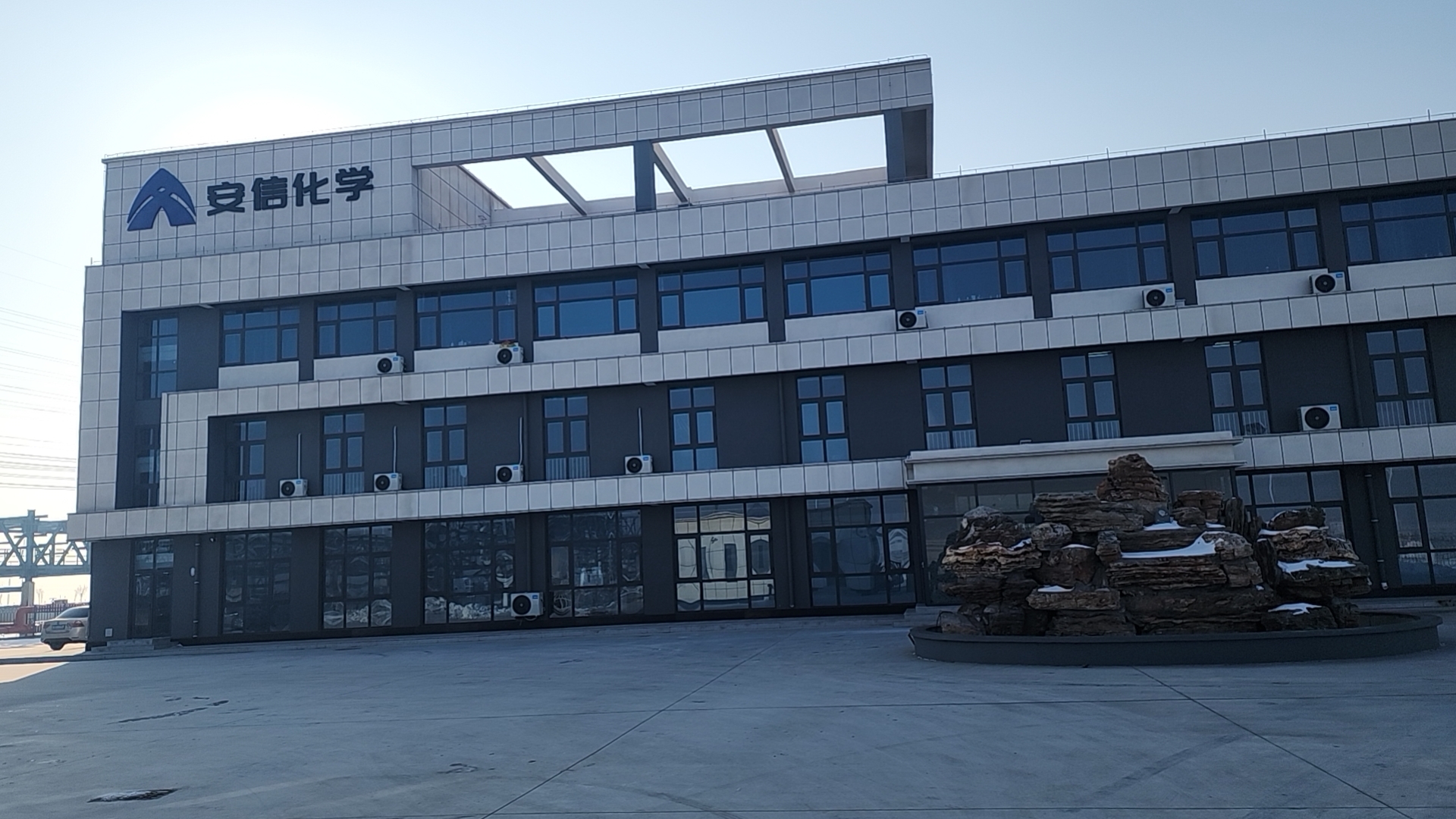Application of Hydroxyethyl Cellulose in Coatings
Hydroxyethyl cellulose (HEC) is a versatile polymer widely utilized in various industries due to its excellent thickening, stabilizing, and film-forming properties. In the realm of coatings, HEC plays a crucial role in enhancing viscosity, improving rheological properties, and providing superior film formation.it discusses the impact of HEC on coating performance, such as its influence on viscosity, leveling, sag resistance, and adhesion.
Introduction:
Hydroxyethyl cellulose (HEC) is a non-ionic, water-soluble polymer derived from cellulose through chemical modification. It is widely utilized in various industries such as pharmaceuticals, personal care, construction, and coatings due to its unique properties. In the realm of coatings, HEC serves multiple functions, including thickening, stabilizing, and providing film-forming properties. This article focuses on the applications of HEC in coatings and explores its impact on coating performance.
Applications of HEC in Coatings:
Thickening Agent:
HEC serves as an effective thickening agent in coatings formulations. By increasing the viscosity of the coating solution, HEC enhances the stability of pigments and additives, preventing settling or syneresis during storage and application. The viscosity of the coating can be adjusted by varying the concentration of HEC, allowing for tailored formulations to meet specific application requirements. Additionally, HEC provides pseudoplastic behavior, meaning it exhibits reduced viscosity under shear, facilitating easy application and leveling of the coating.
Rheology Modifier:
In addition to thickening, HEC acts as a rheology modifier in coatings formulations. It influences the flow behavior of the coating, improving its application properties such as brushability, sprayability, and roller-coatability. HEC imparts shear-thinning behavior to the coating, allowing for smooth application while maintaining viscosity when the shear force is removed. This property is particularly beneficial in reducing splattering during spray application and ensuring uniform coverage on substrates with varying surface profiles.
Film Former:
HEC contributes to the formation of a continuous and uniform film on the substrate surface. As the coating dries, HEC molecules align to create a cohesive film structure, providing excellent adhesion to the substrate and enhancing the durability of the coating. The film-forming properties of HEC are crucial for achieving desired coating characteristics such as hardness, flexibility, and weather resistance. Furthermore, HEC films exhibit good water resistance, making them suitable for coatings exposed to moisture or high humidity environments.
Impact of HEC on Coating Performance:
Viscosity Control:
HEC enables precise control over the viscosity of coatings, ensuring optimal flow and leveling characteristics. Proper viscosity management prevents issues such as sagging, dripping, or uneven coverage during application, leading to improved coating quality and aesthetics. Moreover, the shear-thinning behavior of HEC facilitates easy application without compromising coating performance.
Leveling and Sag Resistance:
The rheological properties imparted by HEC contribute to excellent leveling and sag resistance of coatings. During application, HEC reduces the tendency of the coating to form brush marks or roller stipple, resulting in a smooth and uniform finish. Additionally, HEC enhances the thixotropic behavior of coatings, preventing sagging or dripping on vertical surfaces, thus improving application efficiency and reducing material waste.
Adhesion:
HEC enhances the adhesion of coatings to various substrates, including metals, wood, plastics, and concrete. The film-forming properties of HEC create a strong bond between the coating and the substrate, improving long-term adhesion and durability. This is particularly important in exterior coatings exposed to harsh environmental conditions, where adhesion plays a critical role in preventing coating failure such as peeling or delamination.
Advancements in HEC Technology:
Recent advancements in HEC technology have led to the development of modified HEC derivatives with enhanced performance characteristics. These modifications include variations in molecular weight, degree of substitution, and chemical structure, allowing for tailored solutions to meet specific application requirements. Additionally, resea
rch efforts have focused on improving the environmental sustainability of HEC production processes, leading to the emergence of bio-based HEC derived from renewable sources such as cellulose from plant biomass.
Emerging Trends in HEC Application in Coatings:
Environmentally Friendly Formulations:
With increasing emphasis on sustainability and environmental regulations, there is a growing demand for coatings formulations that utilize eco-friendly additives such as HEC. Bio-based HEC derived from renewable sources offers a sustainable alternative to petroleum-based polymers, reducing carbon footprint and environmental impact.
High-Performance Coatings:
The demand for high-performance coatings with superior durability, weather resistance, and aesthetic properties is driving the adoption of advanced additives such as HEC. Formulators are exploring innovative approaches to enhance the performance of coatings using HEC-based formulations, catering to diverse applications ranging from architectural paints to automotive coatings.
Digital Coating Technologies:
Advancements in digital coating technologies, such as inkjet printing and digital color matching, present new opportunities for the application of HEC in coatings. HEC-based formulations can be optimized for compatibility with digital printing processes, enabling precise control over coating properties and enhancing print quality and color accuracy.
Hydroxyethyl cellulose (HEC) plays a critical role in enhancing the performance of coatings by serving as a thickener, rheology modifier, and film former. Its unique properties enable precise control over viscosity, excellent leveling, sag resistance, and superior adhesion to substrates. Recent advancements in HEC technology and emerging trends in its application underscore its significance as a versatile additive in coatings formulations. As the coatings industry continues to evolve, HEC is poised to remain a key component in the development of high-quality, sustainable coatings solutions.
Post time: Apr-08-2024
